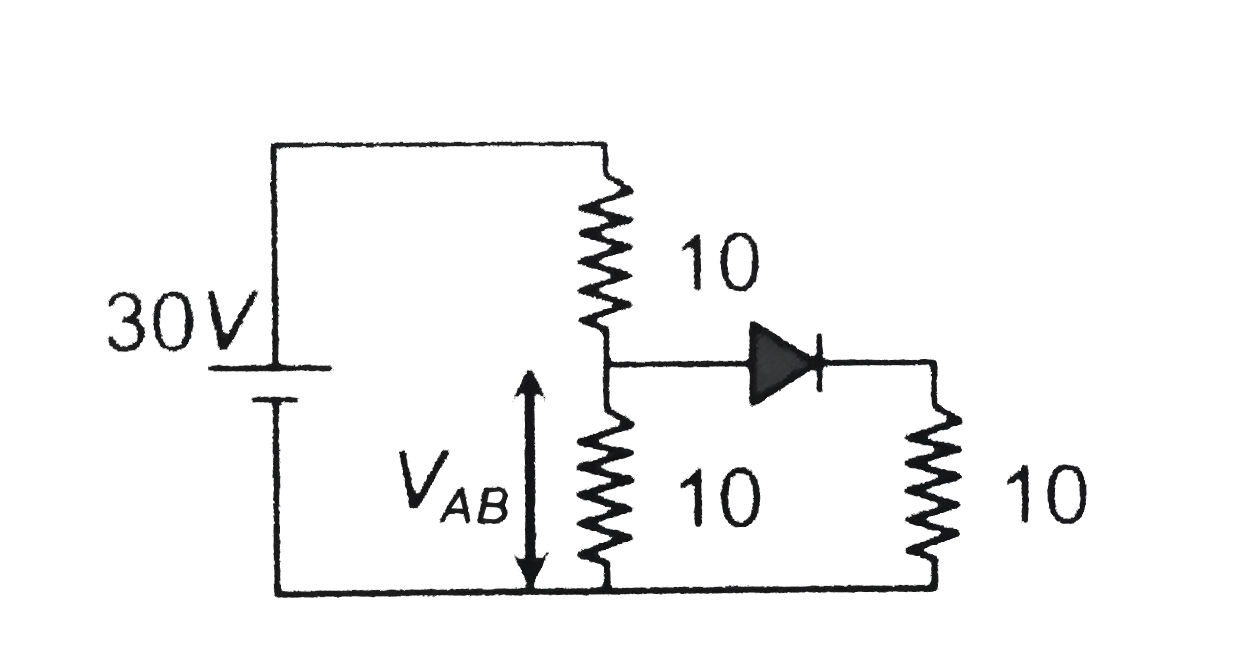Find VA−VB in steady state

(a)8V
(b)16V
(c)24V
(d)none of the above
The correct Answer is:C
Step by step video & image solution for Find V_(A)-V_(B) in steady state by Physics experts to help you in doubts & scoring excellent marks in Class 12 exams.
Updated on:21/07/2023Similar Questions
Find VAB

View SolutionFind VP−VQ in the circuit shown in figure.

View SolutionIn the circuit shown below the cell is ideal, with emf = 2 V: The resistance of the coil of the galvanometer G is 1Ω. Then, find the potential difference across C1 (in volts), in steady state

View SolutionWhat is VA−VB in the arrangement shown in.What is the condition such that VA−VB=0
View SolutionThe equivalent resistance between A and B in fig. at steady state will be

View SolutionAssertion : Two concentric spherical shells A and B are charged by charges qA and qB. If qA is negative, then VA−VB is also negative.
Reason : VA−VB=(qA4πε0)(1RA−1rB)
therefore, if qA is negative, then VA−VB is also negative.
View SolutionPotentail difference VA−VB in the network shown in

View SolutionIn the circuit as shown, VA−VB=V. The resistance of each wire AB, AC, etc are shown in the figure. Find the current in AC.

View Solution(a)Find the current I supplied by the battery in the network shown in figure in steady state. (b)find the charge on the capacitor.

View SolutionConsider the circuit shown in fig 5.168. Find out the steady - state current in the 4Ω resistor. Assume the internal resistance of 8 V battery to be negligible.

View Solution